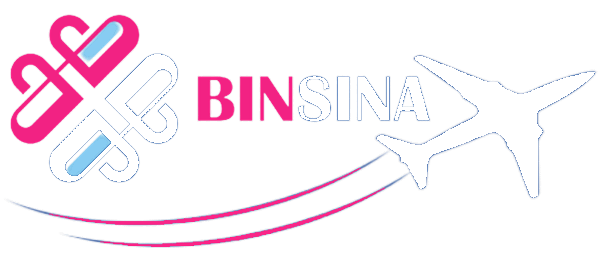“About one million medical tourists, mainly from the neighboring countries, arrive in Iran annually,” Mohammadreza Tarjoman who presides over the Health Ministry’s tourism office has said.
“The majority of inbound medical passengers come from the neighboring countries including Iraq and Afghanistan,” the official said in an address to a press conference held in Tehran on Friday.
Talking about hospitals and clinics, he said a selection of 200 Iranian medical centers have permission to accept foreign patients.
Many domestic experts believe that medical tourism in Iran is a win-win opportunity both for the country and foreign patients, as they are offered affordable yet quality treatment services and the country gains considerable foreign currency.
Iran is ranked 46th worldwide in the field of medical tourism, the official noted.
“The coronavirus pandemic has caused a 73 percent decrease in medical tourism during the past two years,” Tarjoman added.
He went on to say that Iran attaches great importance to medical tourism marketing, adding “We are planning to hold international meetings and conferences to attract more medical tourists.”
The First International Conference on Medical Tourism will be held in the northeastern Iranian province of Golestan from June 14-17, he said.
Iran’s two most popular medical tourist cities are Tehran and Mashhad, but the coronavirus outbreak has significantly reduced the number of travelers.
According to available data, Mashhad played host to about 24,300 foreign travelers who reportedly spent some $48 million to use medical services during the past Iranian calendar year, which ended on March 20.
“Last year (1400), Mashhad received 24,300 foreign medical travelers who were either hospitalized or gained outpatient treatments,” said Davood Khoshashkan who presides over the medical tourism department at Mashhad University of Medical Sciences.
“Mashhad eyes to earn some $400 million from medical tourism per year…. Our estimate is to host 200,000 medical travelers per year that would collect a revenue of $400 million.”
Khoshashkan believes that Iran has immense potential to become a hub for medical tourism, adding, for example, Turkey’s revenues from medical tourism surpass Iran’s as the neighboring country possesses lesser medics and hospitals yet it does not have pilgrimage capacities.
Although the Islamic Republic has favorable conditions in terms of competitive price, presence of skilled physicians, and low waiting time among the studied countries, other medical tourism infrastructures are not enough invested. For example, until 2017, Iran has not been able to obtain a JCI license even for one hospital, and the average per capita physician/nurse index is much lower than the global one.
Experts say, to promote medical tourism, it is necessary to recognize the strategic medical tourism status of each province in the country, supply a specialized workforce, provide high-quality services, improve infrastructure, and promote a positive attitude toward authorities to support the medical tourism industry.
Amongst Iran’s trump cards are the presence of credible surgeons and physicians, cutting-edge medical technologies, high-tech medicine and diverse specializations, super affordable procedures, and finally its hospitable people.
The Islamic Republic has set goals to exceed its yearly medical travelers to around two million in [calendar year] 1404 (March 2025-March 2026).
